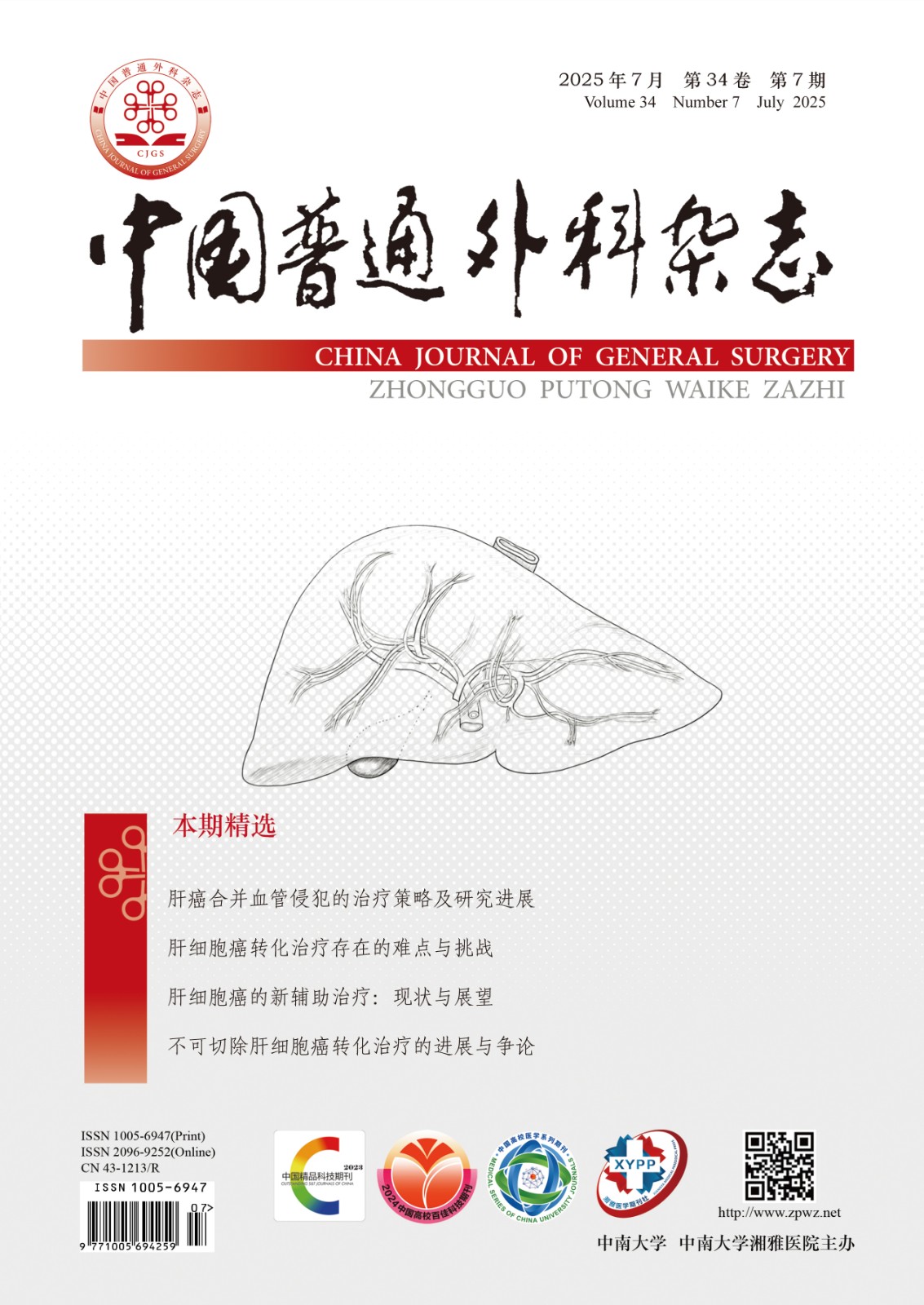Abstract:Objective: To evaluate the feasibility and effectiveness of using enhanced recovery after surgery (ERAS) protocols based on multidisciplinary team (MDT) cooperation in perioperative period of laparoscopic inguinal hernia repair.
Methods: A total of 782 patients scheduled to undergo laparoscopic inguinal hernia repair were randomly assigned to ERAS group (392 cases) and control group (390 cases) according to hospital admission orders. Patients in control group underwent conventional treatment and nursing, while those in ERAS group received treatment and nursing under the concept of MDT-based ERAS, where the main interventions included the selection of hospitalization mode, health education based on integrative medicine and nursing, dietary requirements, bowel preparation, urinary retention prevention, early postoperative ambulation, wound pain treatment, preanesthetic medication, avoidance of perioperative hypothermia, perioperative fluid management, prophylaxis of postoperative nausea and vomiting, and patient comfort assessment at one month after surgery. The scenarios such as postoperative pain, patient recovery, incidence of complications and stress responses, and degree of comfort were compared between the two groups.
Results: In the ERAS group compared with control group, the NRS pain score on the morning of postoperative day 1 was decreased, the time to normal diet and ambulation as well as length of hospital stay was shortened, the postoperative satisfaction rate was increased, the incidence of complications such as seroma, urinary retention and wound infection and incidence of discomfort and nausea reaction were reduced, and median score from inguinal pain questionnaire at one month after surgery was decreased (all P<0.05).
Conclusion: In perioperative period of laparoscopic inguinal hernia repair, using MDT-based ERAS protocols can alleviate patient discomfort, accelerate rehabilitation, shorten hospital stay, and increase patient satisfaction and comfort.

